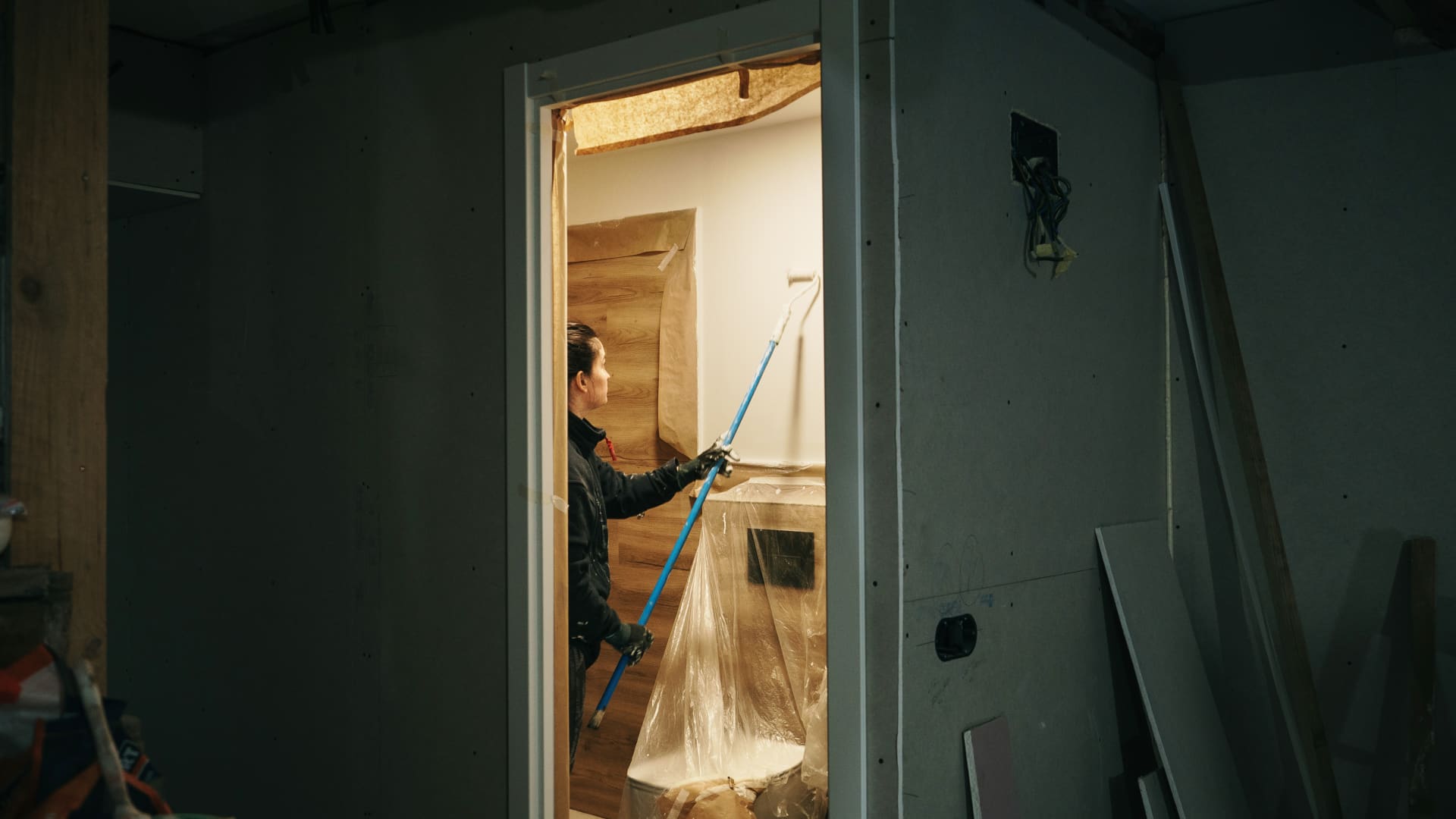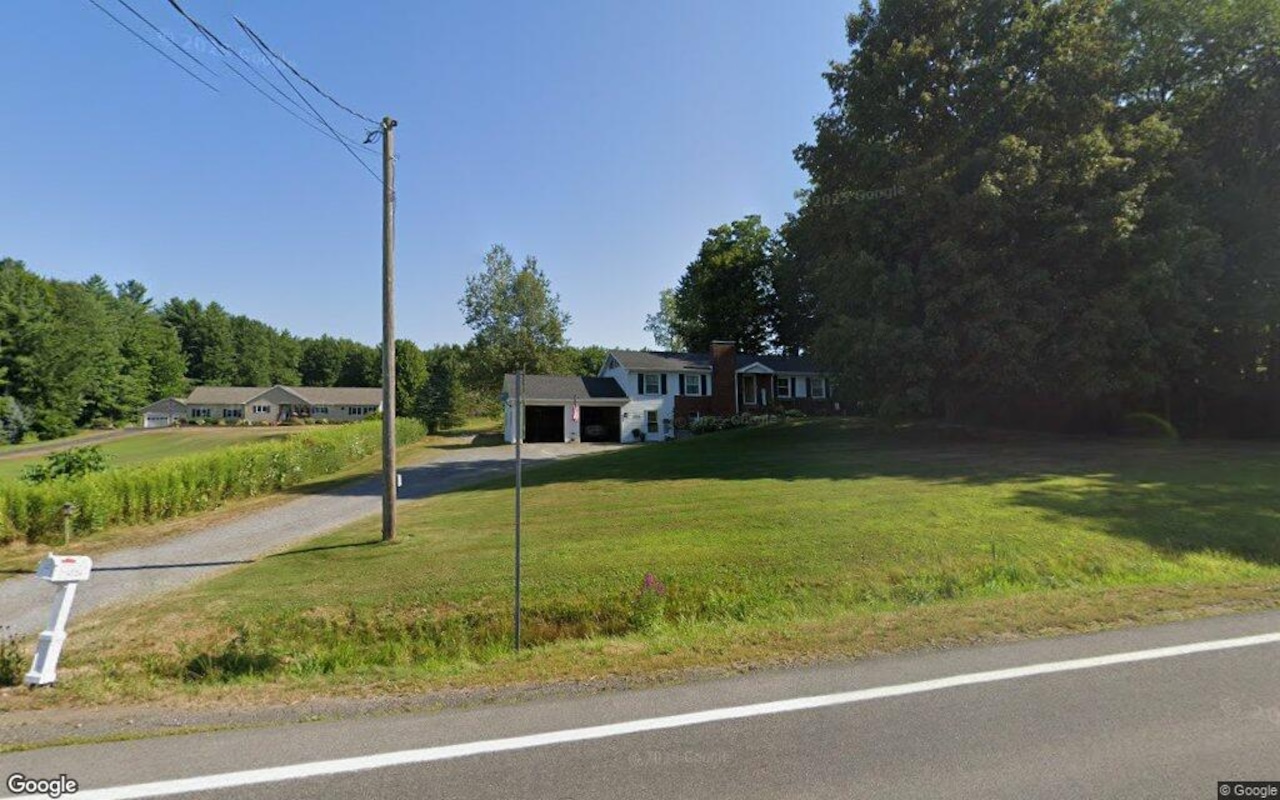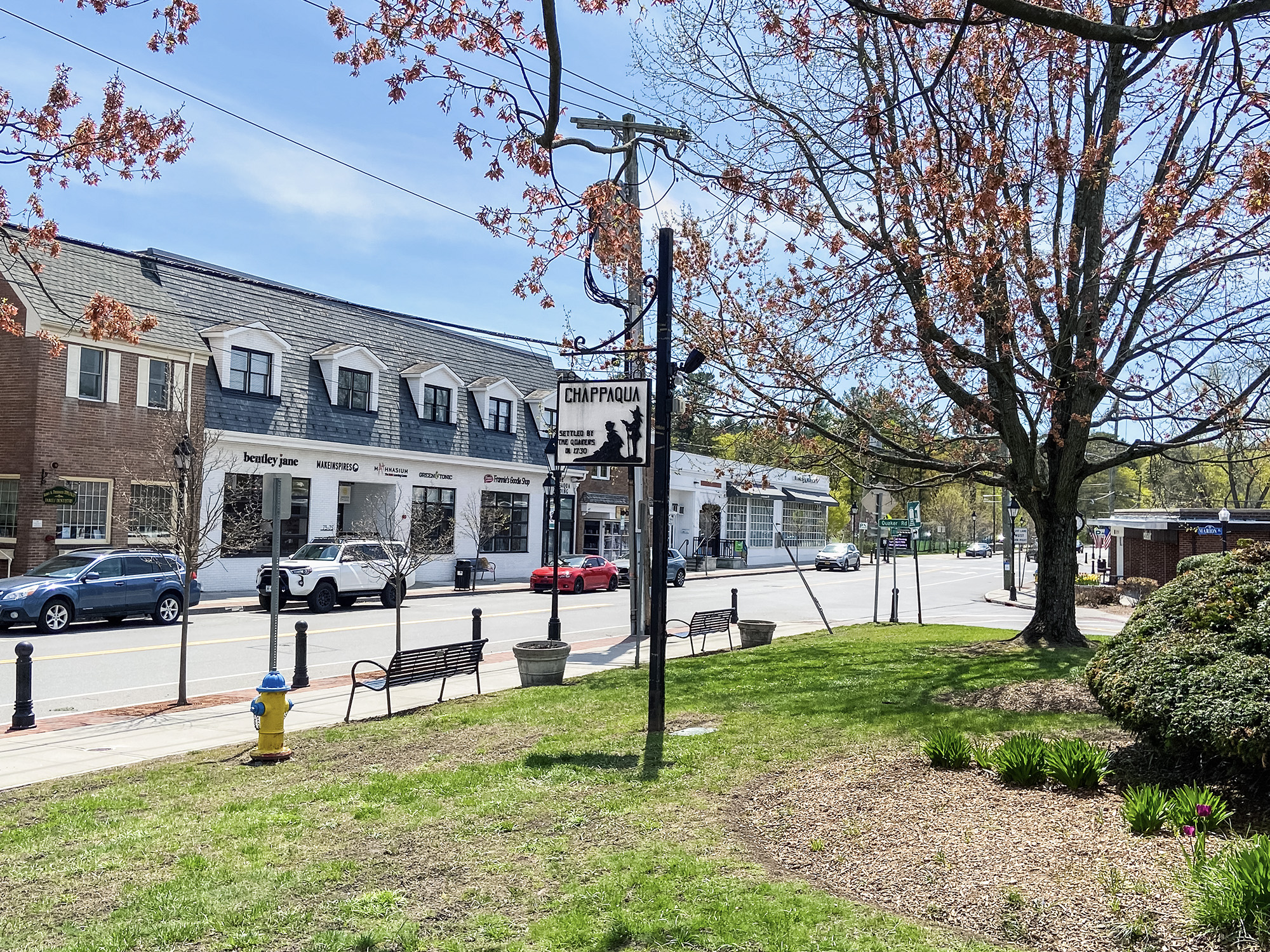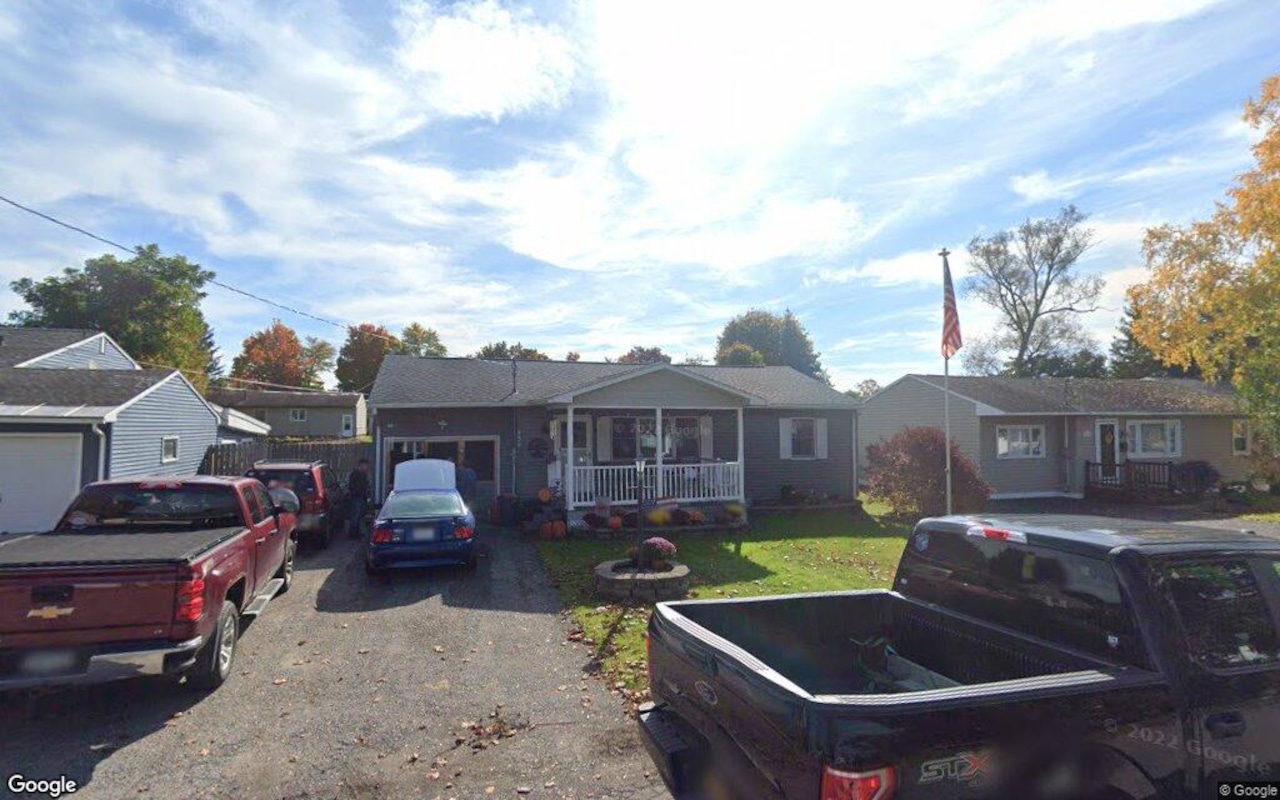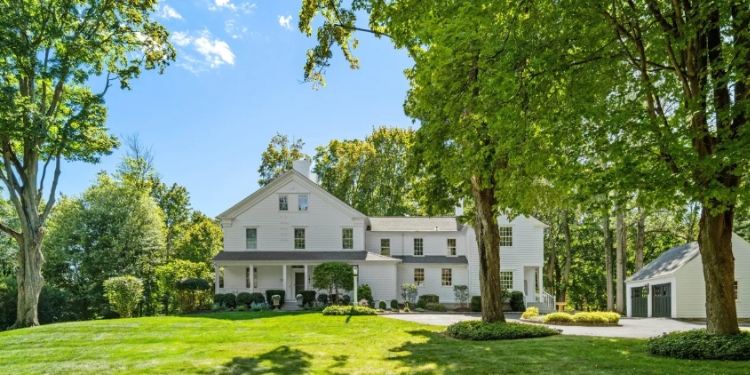T
he fix-and-flip housing market is feeling the pinch of higher interest rates and a shrinking labor market. Investors are pulling back as costs rise and it takes longer to sell renovated homes. According to an index from John Burns Research and Consulting and Kiavi, a lender focused on real estate investors, the fix-and-flip market contracted in the second quarter compared to both the first quarter and the same period last year.
The sentiment remains muted due to economic uncertainty, high mortgage rates, and rising resale inventory weighing on demand for flipped homes. The index surveys around 400 flippers and measures current sales, expected sales, and flipper competition. All sub-indices fell in the second quarter, with days-on-market for flipped homes increasing as new and existing home supply rose.
Just 30% of flippers reported "good" sales in the second quarter compared to the seasonal norm, down from 38% in the same quarter last year. Arvind Mohan, CEO of Kiavi, attributes this to housing velocity and turnover timelines, with customers experiencing delays that tie up capital and hinder new investments.
Labor availability issues due to immigration enforcement and job site absences are also affecting flippers, while labor and material costs for flips hit a record high. However, costs as a percentage of sales price remain flat, resulting in stable returns on investment (ROI) of around 30-31%.
Professional flippers are becoming more conservative, choosing fewer opportunities to ensure they can maintain their ROI metrics. Regionally, flippers in Florida, Northern California, and the Southwest face increasing resale supply, competition from homebuilders, and rising costs.
The potential for declining prices also looms, as national home price gains slow down and some markets experience negative growth. Lenders like Kiavi are responding by tightening their credit boxes and being more choosy about customers in this environment.
